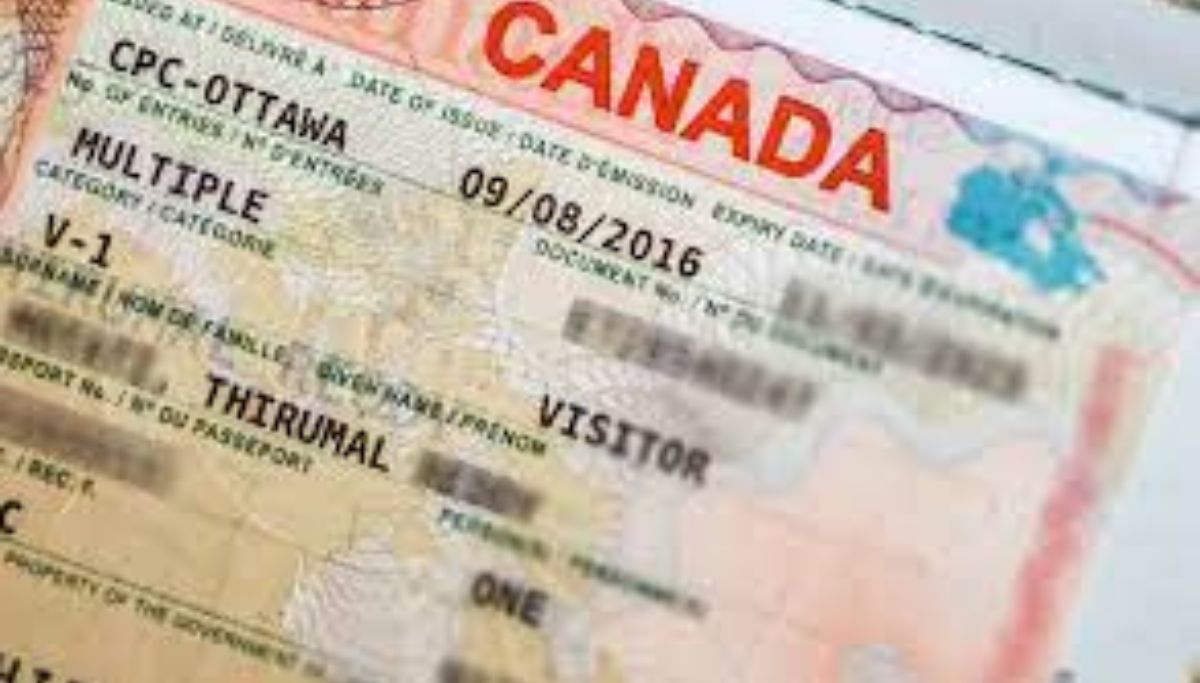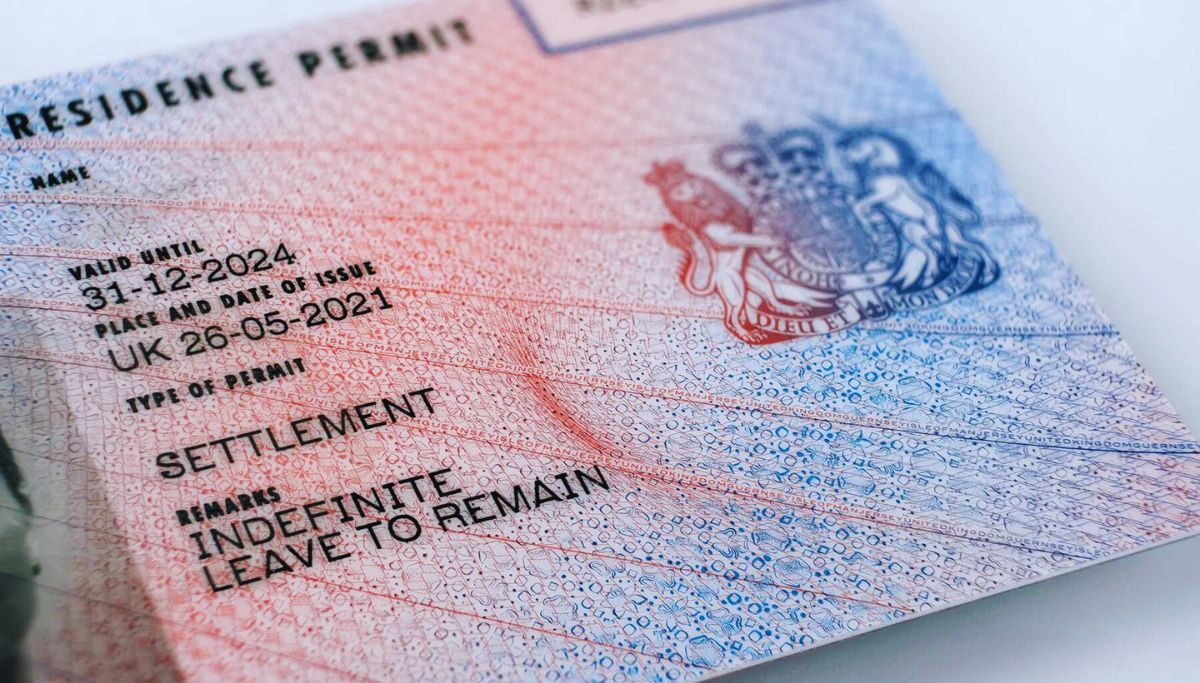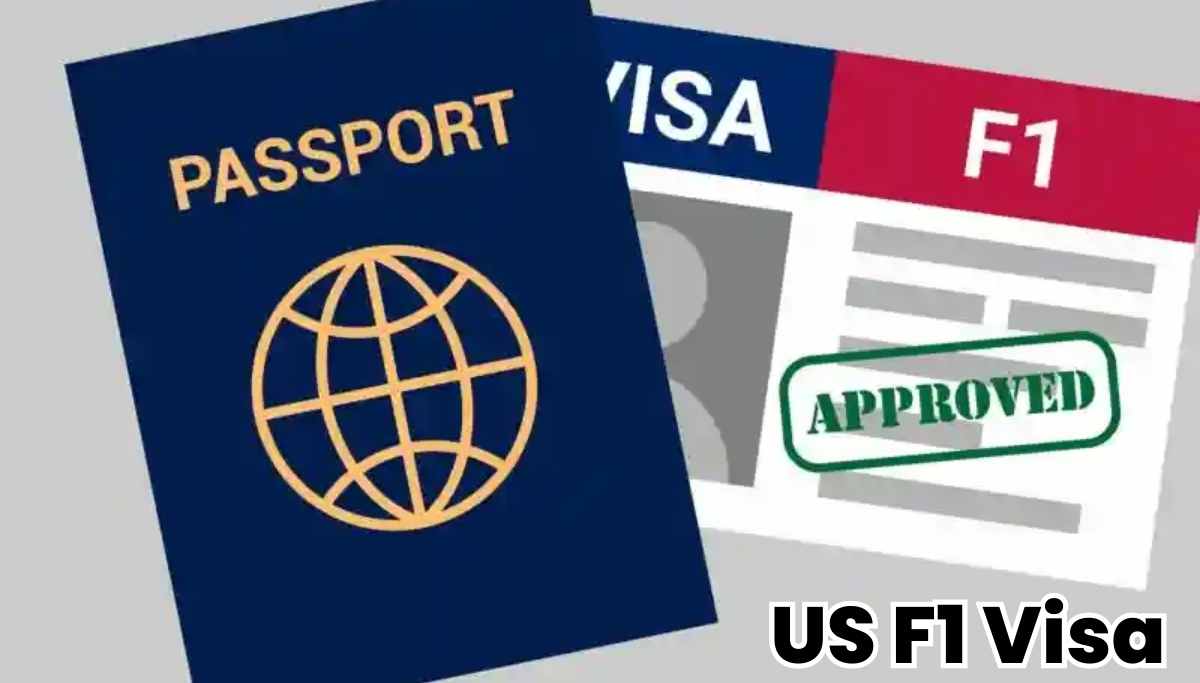Table of Contents
The United States is the world’s leading student destination. It offers unparalleled scope for students from all streams to study and excel in their chosen fields. Coupled with an economy that requires new talent every year, it is the ideal destination for students looking to study and make a life after graduation. Before getting into the details of different types of student visa in the US, let’s have a look at why studying in the US could benefit you.
Why Study In The US?
The US universities are able to provide the best possible platform to international students, which is evident from their high rankings. The country’s education system offers the most comprehensive coursework to students with an equal emphasis on both practical and theoretical learning.
- Affordable Education
- Diversity and Flexibility
- Outstanding support system for overseas students
- Healthy and Safe Communities
- International students can often work while they study and intern.
- Exciting Campus Lifestyle
Cost Of Studying In The US
The US Universities fall under two major categories: public-funded and private institutions. International students’ tuition expenses at state schools are based on nonresident costs, which are still usually less expensive than those of private universities. You will need approximately $10,000 to $55,000 annually to cover your tuition fees.
| Study Program | Approximate tuition fees in USD$ |
| Undergraduate Bachelor Degree | $15,000 to $40,000 per year |
| Graduate programs | $20,000 to $40,000 per year |
| Doctoral Degree | $20,000 to $45,000 per year |
Upcoming Intakes In The US
Universities and colleges in the US have 3 intakes. Students have the option of choosing the term of their study from three main flexible intakes, Spring (January), Fall (September) and Summer (May).
- Intake 1: Fall Semester – It commences in August/September and is the major intake.
- Intake 2: Spring Semester – It commences in January/February intake is also available.
- Intake 3: Summer Semester – It commences in May/June and is available for selected Courses.
Now’s the right time to secure a safe student loans USA ! Fill the form in this blog TODAY!
Work Authorization For Students
1. Student Applicants
Students must be over 18 years of age. International students can work on-campus up to 20 hours per week or less during the academic terms and full-time during the academic break periods including the summertime. Off-campus employment requires some form of written or documented authorization issued by either the USCIS or OISS. Also, you must be currently in legal status and have been enrolled as an F-1 student in the US for a minimum of one academic year to be eligible for any form of off-campus employment.
2. Spouse
As per the US government regulations, only married spouses can obtain a dependent visa status. The student, scholar or employee can add a dependent spouse to his or her record, and the spouse can then obtain a dependent visa status in the various types of student visas of F-2 and J-2 or H-4. These dependent statuses do have certain restrictions.
3. International Students
International students can apply for the different types of student visas in the F-1 or J-1 category. All full-time, admitted students are eligible for the F-1 visa, as long as they are proficient in English and can show proof of funding for at least the first year of study. Most University international students have this visa status. However, some students may also be eligible for one of the J-1 types of student visa.
Types Of US Student Visa
Who Is Eligible For A J-1 Student Visa?
J-1 eligible students are either part of an established exchange program or receive at least 50% of their funding from a source other than personal or family funds. This may come from a scholarship, fellowship, or assistantship from an external source, such as the university, your home government, a corporate sponsor, etc.
Note that funding through loans of any kind, including NU loans, are considered personal funds and do not qualify. These students may choose between F-1 or J-1 visa status.
Choosing Between F-1 And J-1 Status
Aside from the funding differences, these visas carry restrictions that may impact your eligibility for on-and off-campus work, your spouse’s ability to work or study in the United States, and more. J-1 eligible students can use the table below to understand the key differences between the two visas.
J-1 students may also be subject to the two-year home residency requirement, often referred to as the 212(e). While we may make a determination based on funding, the Department of State determines who is subject at the time of visa application.
If subject, a 212(e) J visa holder and his/her dependents must physically reside in their last country of legal permanent residence for two years before s/he may return to the US. as an H-1B visa holder, L visa holder, K visa holder or as a permanent resident. There are also possible restrictions on a J-1 student changing to another J category such as research scholar or professor.
212(e) status does not prevent a visitor from returning to the U.S. in another visa status such as F-1 student, B1/B2 as a tourist or for business or under the visa waiver program. Returning to the US. In one of these categories may postpone your two-year home residency requirement, but will not eliminate it.
There are three reasons a J-1 visitor may be subject to the 212(e) requirement:
- The J-1 program is funded in part or wholly by the US Government, the visitor’s government, or an international organization.
- The J-1 is engaged in one or more of the skills listed on the exchange visitor skills list for his/her country.
- The J-1 visa holder is receiving graduate medical education or training.
US Types Of Student Visa Requirements (F1 Visa)
You will generally need the following for your US types of student visa application:
- A valid passport with a validity date at least six months beyond your period of stay.
- Recent passport size photograph.
- Confirmation page of DS – 160.
- Form I – 20.
- Payment of application fees for SEVIS.
- Application as a non-immigrant.
If there are any other additional requirements your university will make you aware, them prior to your application.
How to Apply for a Student Visa in Clear Steps
1. Research: Understand the specific student visa requirements for your destination country. Embassy guidelines are crucial.
2. Application Mode: Apply online or offline based on your destination country’s regulations. Offline applications may require downloading and mailing forms.
3. Online Application: For a faster process, fill out the online student visa application form with accurate information.
4. SEVP Certification: If you’re an Indian student heading to the USA, apply to SEVP-certified schools and gain approval.
5. DS-160 Form: Complete the DS-160 visa application form online. Keep the application ID and password for future use.
6. Visa Fees: Pay the required visa fees, which may vary.
7. Interview Appointments: Schedule two appointments – one for the Visa Application Center (VAC) and another for the visa interview at the Embassy.
Extending Your Student Visa
If your visa will expire before you finish your studies abroad, it’s crucial to be proactive. Check your study permit’s expiration date and initiate the extension process well in advance. For instance, if you’re studying in Australia and your visa’s expiration is approaching, you can apply for an extension promptly.
FAQs
1. When Should I Apply for a Student Visa?
Apply for a student visa promptly upon acceptance to a US university and receiving your Form I-20. This allows ample time for document preparation and visa interview scheduling.
2. Can I Work While Studying on a Student Visa?
Yes, you can work on-campus for up to 20 hours per week during the academic year and full-time during summer breaks. Off-campus employment may be possible with authorization from USCIS.
3. What Is the Home Residency Requirement for J-1 Students?
Some J-1 students may face a two-year home residency obligation post-graduation, ensuring they return to share gained knowledge and skills in their home countries.
4. Can I Change My Student Visa Status After Arriving in the US?
Yes, you may be eligible to switch to a different visa type (e.g., H-1B for work or L-1 for intracompany transfer). However, this requires filing a petition with USCIS and meeting specific criteria.
5. What Are the Advantages of Studying in the United States?
Studying in the United States presents several key advantages, including access to prestigious universities, exposure to a diverse and multicultural environment, the chance to engage in work and internships during your studies, and access to a thriving job market upon graduation.
PS: If there’s anything more you’d like us to know about. Add it to the comments section!
Thank you for reading this blog on ‘Types Of Student Visa In The US’ If you’d like to read more, here are some blogs that might be of interest to you:










0 Comments